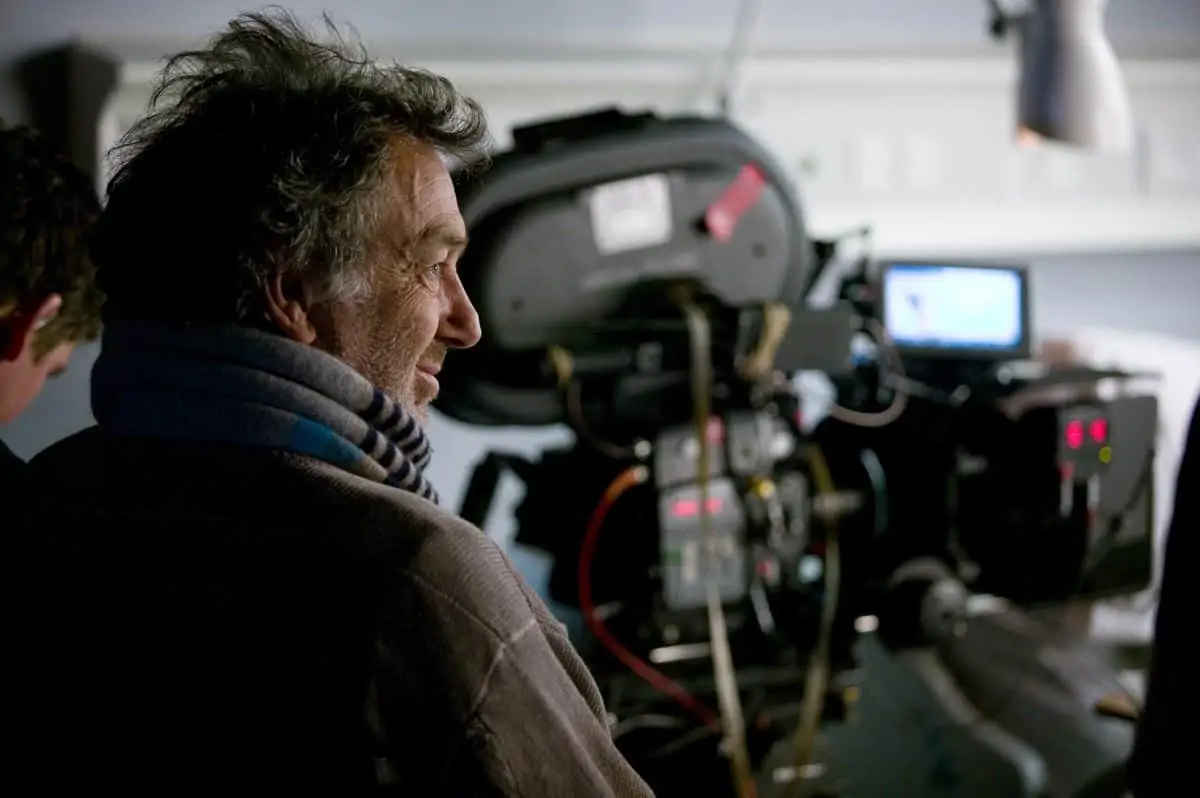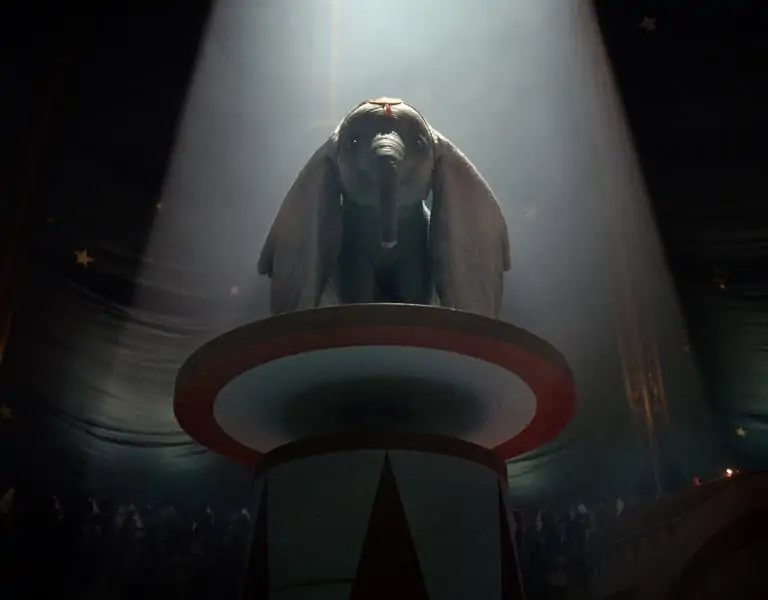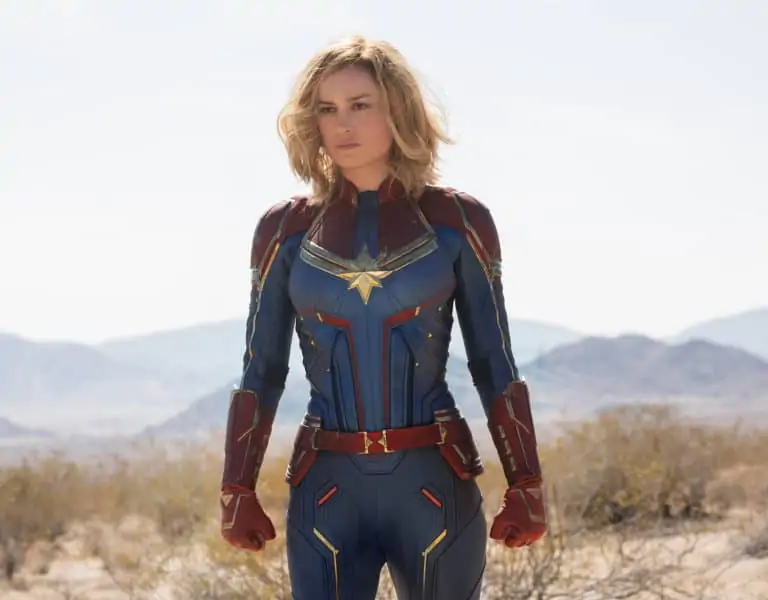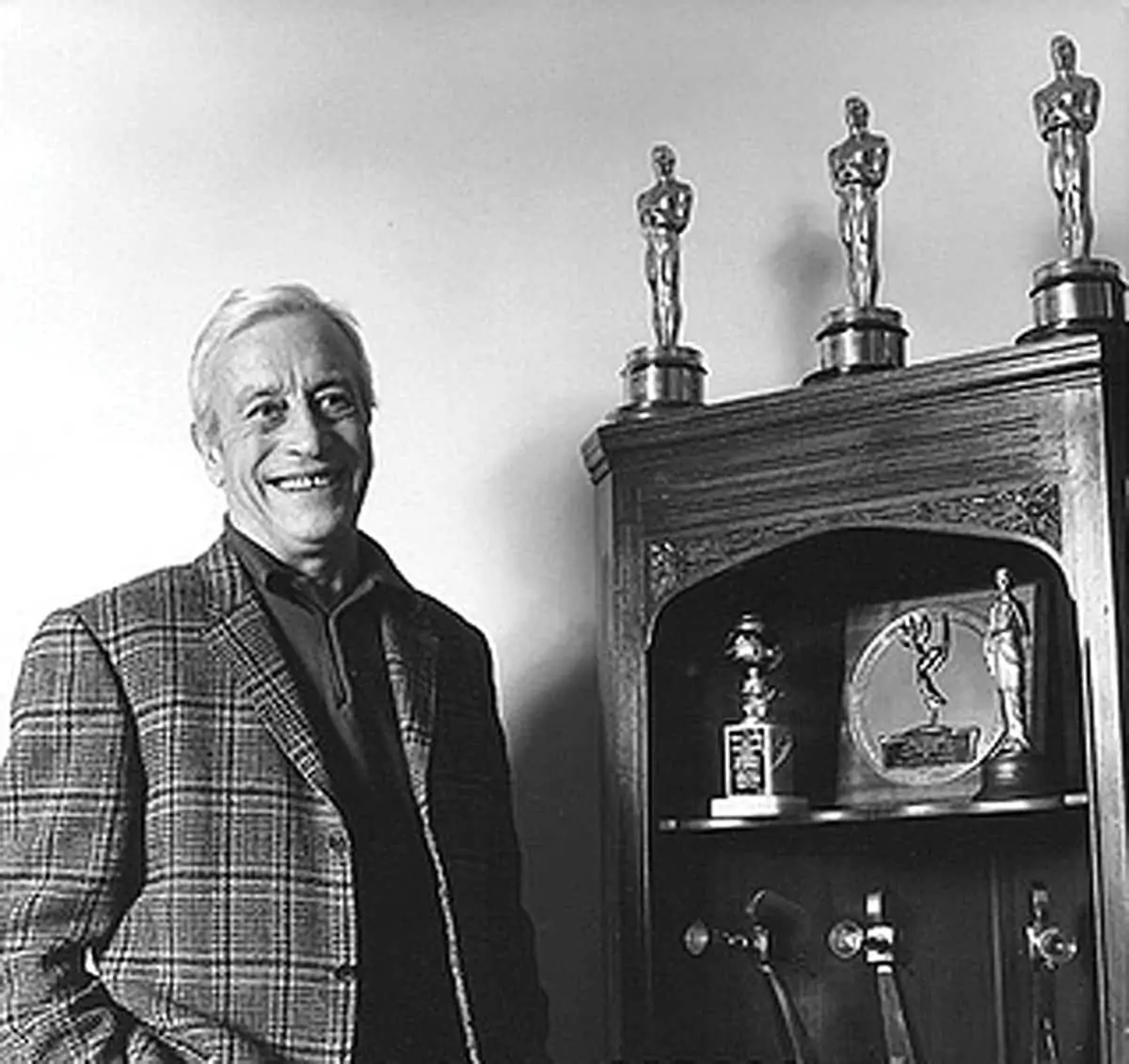Save the planet
Ben Davis BSC / Doctor Strange
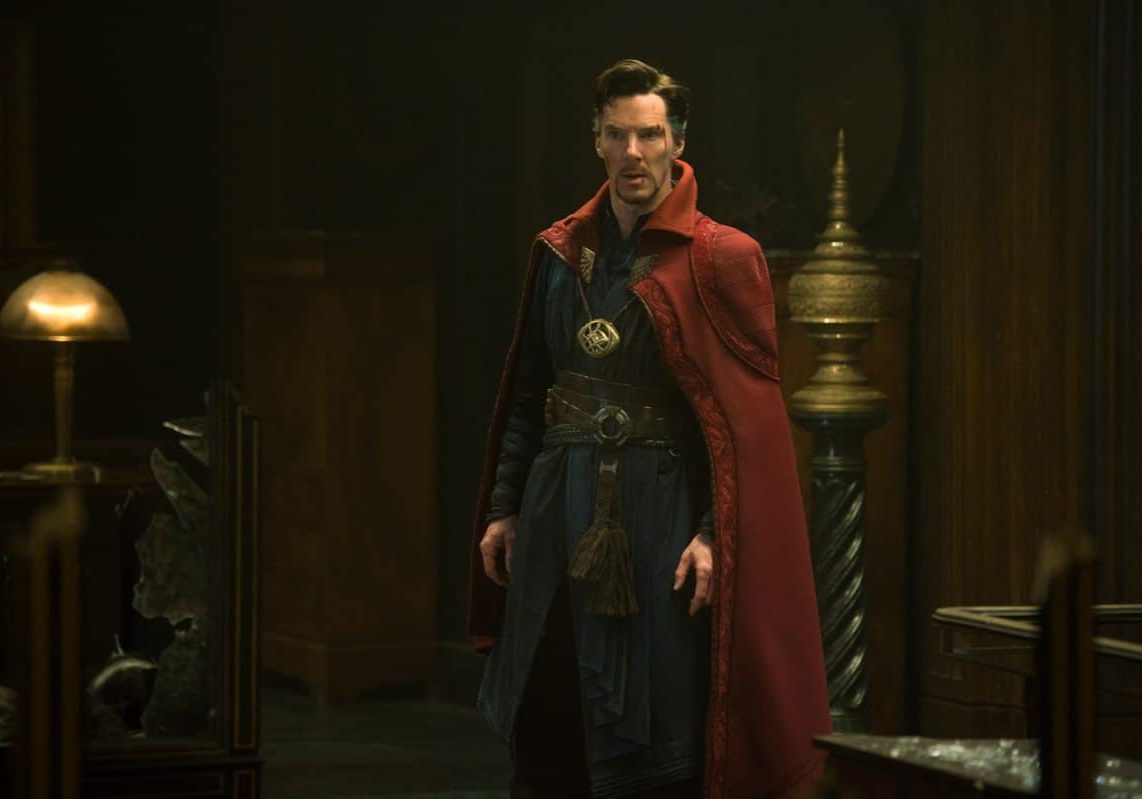
Save the planet
Ben Davis BSC / Doctor Strange
More often than not, cinematographers can’t wait to get their hands on the very latest bits of kit. And never was this truer than when Ben Davis BSC signed to shoot Doctor Strange , Marvel Studios/Walt Disney Pictures’ magical thriller, starring Benedict Cumberbatch, directed by Scott Derrickson.
Dr Stephen Strange's life, as a leading neurosurgeon, changes after a car crash robs him of the use of his hands. When traditional medicine fails, he looks for healing and hope in a mysterious sanctuary. But he quickly discovers the place is the front line of a conflict against dark forces bent on destroying reality, and Strange is forced to defend the world from a powerful sorcerer in a multi-dimensional battle.
Davis shot the $165m movie, releasing in 2D/3D widescreen and IMAX, between November 2015 and April 2016, on location in Kathmandu, across a multitude of sets built at Longcross and Shepperton studios, and in New York.
“There was a lot of new technology just coming onto the market at the time – the first of the large format digital cameras, with their new back-end workflow systems, plus a host of interactive LED lighting equipment – and I was eager to see how I could get the best from them,” he says.
Davis was completing the DI grade in LA, with colourist Steve Scott, on Avengers: Age Of Ultron (2015), when he first met Derrickson and was given the script.
“I was interested in Doctor Strange as it was a step in a different direction for Marvel, and I had the chance to do something new and interesting,” recalls Davis. “It was of its own, about magic more than anything else, with visuals that we have not seen before in a movie. It had to be original, yet also be respectful to the original comics, which were ‘out there’ and pretty psychedelic in places.
“So I wanted to find a way to take the look, energy and dynamism of the original artwork onto the big screen. Perhaps my most important conversations, with my director Scott, revolved around the challenges of dealing with, and delivering, the alternate dimensions-in-parallel, which feature in the story, and translating these to the big screen. Along with shooting live action, this was also going to be a VFX-heavy production.”
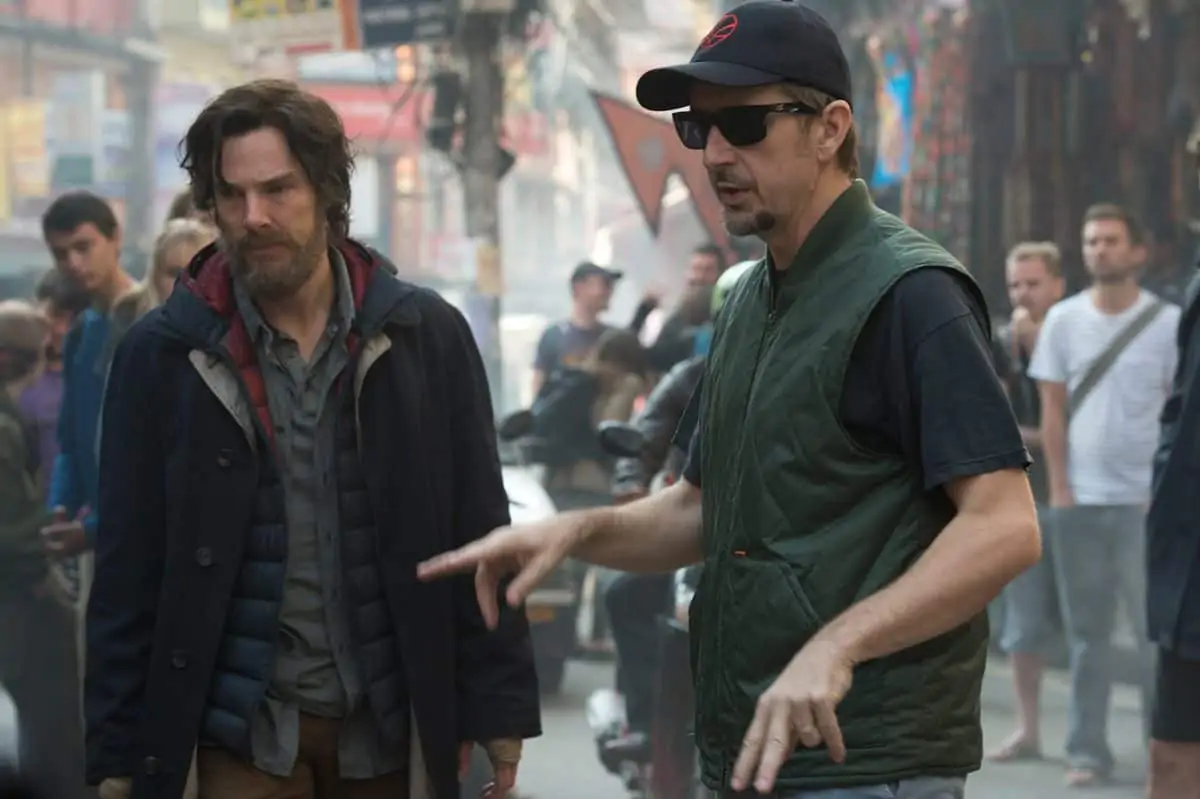
Back then, the ARRI Alexa 65 had just hit the production line, and was a camera system that Davis had been itching to get his hands on. As he explains, “In the digital world, large sensor cameras are the way forward, as 35m-size sensors lack resolution on the large screen, especially on wides. Along with this, I was interested to see how large format digital would handle close-ups and portraiture. In any film the human face is the thing you will be looking at most of the time.”
Davis undertook extensive tests with the Alexa 65, scrutinising five different lens sets – ARRI’s certified 765 and rehoused Hasselblads, as well as Panavision 70mm Primos, Vintage and Auto Panatar glass – to discover which would yield the result he wanted. In the end he went with the Vintage lenses as his primary tools, supplemented by the 70mm Primos. Doctor Strange would be framed 2.35:1, but protected for 1.85:1 and full-frame for IMAX.
“The resolution of the Alexa 65, using my preferred lenses for wide shots and the IMAX deliverable, was beyond question and, to my pleasant surprise, the face became a landscape too. What’s more, I found I would be able to balance the lighting and exposure to get gorgeous depth-of-field, do lovely focus pulls and ultimately have a lot of control over my shots – whilst avoiding giving our first ACs a complete nightmare on-set.”
Davis deployed four Alexa 65s on the shoot – two on first unit, the other pair on second unit – and operated Alexa XT himself when an extra camera was required, or whenever the action needed to shoot above 60fps (the Alexa 65 was only able to shoot up to 60fps at that point in time). The Alexa 65s were rated at 1280 as part of Davis’ lighting and exposure equation, with the advantages of introducing a little noise, which the cinematographer says he likes, and a close aesthetic match with the Alexa XT rated at 800. Codex Vaults, which accompany the Alexa 65s, were sited near-set and also at Pinewood Post, which was responsible for back-ups, QC and deliverables for editorial and VFX post. Davis’ DIT was Tom Gough of Flow-MPS.
In pre-production, Davis worked with colourist Steve Scott to establish an on-set display LUT, which was later re-applied at the start of the DI.
“When shooting digital, I like to keep things simple, like a film negative production,” says Davis. “I use just one film-emulation display LUT, and certainly never have CDLs travelling from set into post. I never ever want to get stuck in a tent, doing grading on-set. To my mind it is better just to shoot the on-set lighting as it is, with everyone looking at one image that cannot be altered, and pick-up from your original starting point when you do the final DI grade.”
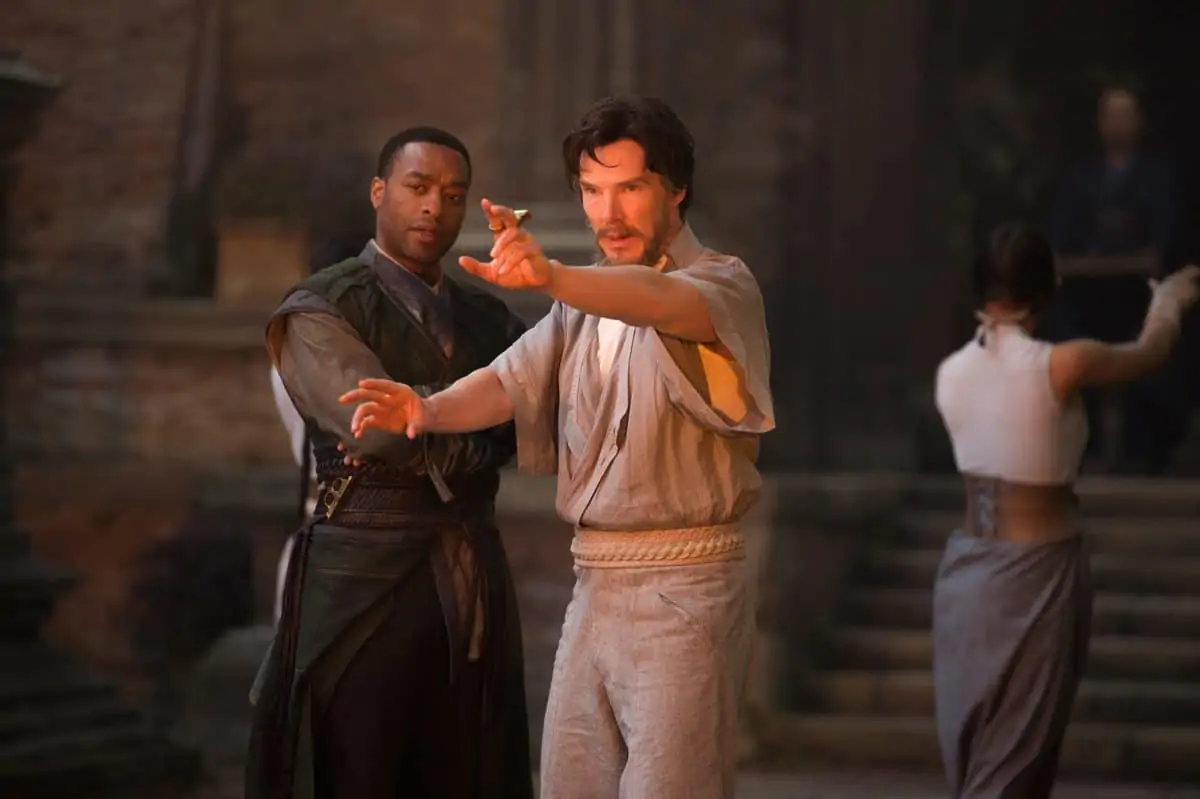
"(Doctor Strange) was of its own, about magic more than anything else, with visuals that we have not seen before in a movie. It had to be original, yet also be respectful to the original comics, which were ‘out there’ and pretty psychedelic in places."
- Ben Davis BSC
Whilst the vast majority of Doctor Strange was shot digitally, sometimes only film will suffice. The opening minutes of the movie are set in Kathmandu, and after a recce around the city, Davis decided that celluloid was the right medium for this part of the production.
As he explains, “There’s a certain noise, dirt, light and atmosphere there, and film has a innate way of capturing these textures that digital just cannot. I knew film would also be a good choice on a practical level, as we wanted to take a gun-and-run approach and shoot discretely in the street with real locals and real life in the background. You can set-up a film camera on a tripod very quickly and start turning-over before hordes of people gather around. But there’s no way you could do that with a digital camera.”
Returning to the UK, Davis was immersed in a 90-day shoot from December 2015 to March 2016, on huge sets built on multiple stages, spread between Longcross and Shepperton studios. These included the interior and exterior of the Kathmandu sanctuary and courtyard, and an exterior rooftop of some 300ft in length, which each had to be lit for day and night, plus an operating theatre, Hong Kong streets and a greenscreen volume for the dynamic, dimensional New York chase sequence at the end of the movie. This was followed by a week in New York’s Hell’s Kitchen area, to shoot the opening scenes of Dr Strange as a neurosurgeon, and additional footage for the chase sequence.
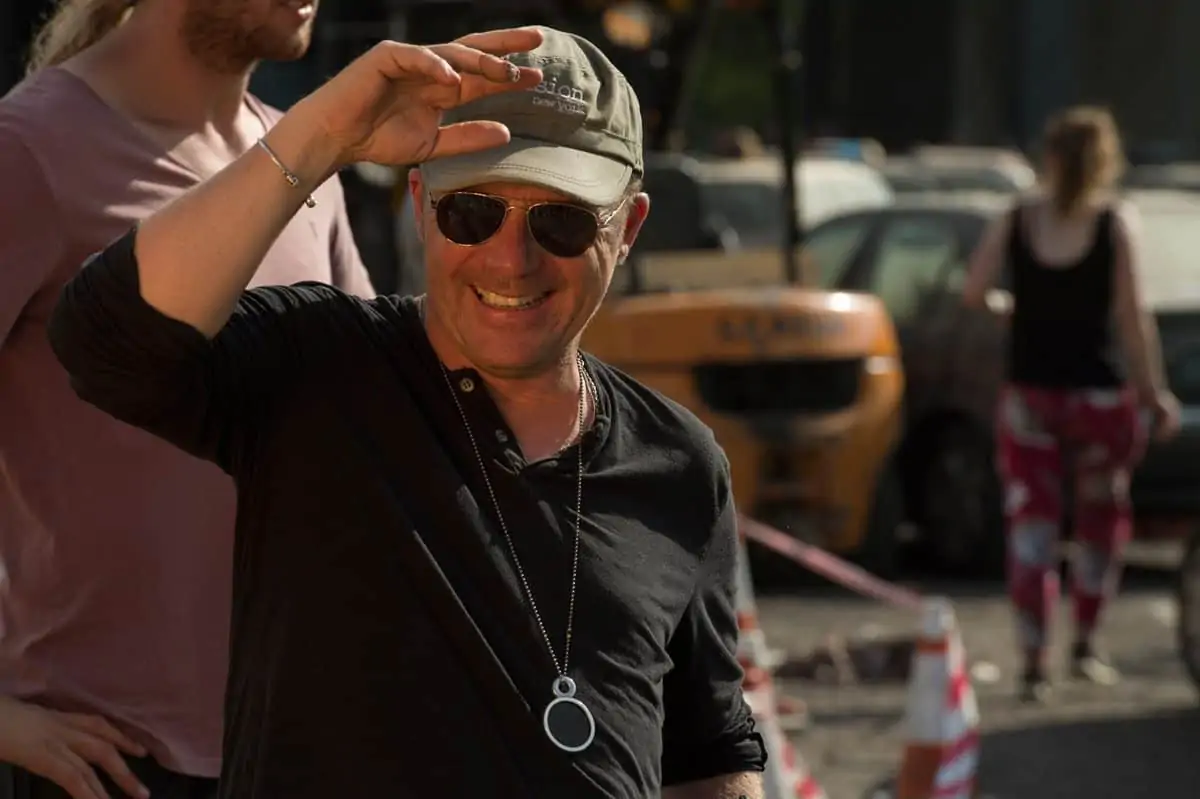
Along with embracing new camera technology, Davis was also keen to harness the latest advances in LED lighting and interactive control systems for the production’s creative and expeditious advantage. “LED technology is a rapidly changing field, with more refined, efficient, environmentally-friendly and controllable tools at your disposal,” says Davis.
He explains that the big stage at Longcross was to be used initially to shoot exterior day and night scenes of the Kathmandu temple courtyard, measuring around 250ft in length. After this, the same stage had to be rapidly converted into a greenscreen stage to shoot the acrobatic New York chase scenes, which see the action pivot around the camera axis, with the sky moving rapidly from one side of frame to the other.
“You have to start with the sky first in any lighting set-up,” he says. “I was originally going to use incandescent Tungsten space lights, but these have a long cooling-down period. The lighting requirement needed to accommodate rapid changes in light direction and colour in-shot, and the set needed to be changed to a greenscreen stage on a tight schedule. So it meant taking a different approach.
“As with the camera technology, ARRI had just launched their SkyPanel range. The joy of using these is that they are fully colour-controllable, and you can create any mood and ambient time-of-day that you require. At the push of a button I could go to sunny day, cloudy day and night-time, as well as light for the greenscreen, with the appropriate interactive crossfades to match the light to the action – all without having to remove or reposition the fixtures. Along with rigging SkyPanels above and around the studio walls, I also had a couple of 20ft x 15ft truck-able lightboxes with the same SkyPanel fixtures on the floor and could reposition them as needed. So whilst the sets and lighting needs changed dramatically, the fixtures stayed where they were, making things very efficient.”
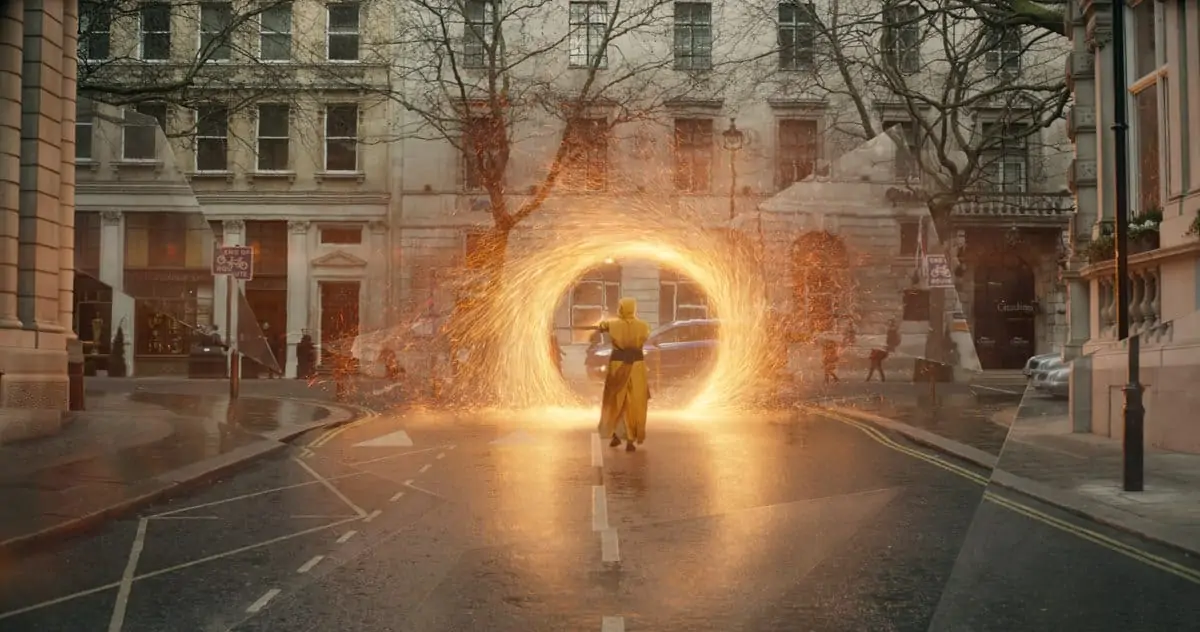
Davis’ A-camera operator was Julian Morson, supported by first-AC Dave Cousins, with Sam Renton on B-camera, assisted by first-AC Leigh Gold, who he describes as, “simply great. I’ve known them for years. Whilst the lighting sometimes dropped below T4, sometimes whilst shooting handheld, they each proved they are simply-the-best.”
Speaking of productive collaborations, Davis praises his working relationship with VFX supervisor Stephane Ceretti. “This production was laden with VFX, with images that mirror, fold and concertina around the action. Stephane was a hero in orchestrating that crucial role between the cinematographer and the VFX department. It’s taken a while for this relationship to develop on these big tentpole movies, but it’s vital to have an intimate relationship on-set with the VFX team, and I think things took a big leap forward on this production.”
As for the working hours, Davis describes the regime as “full-on”. A 10-hour working day might often stretch to twelve. After which it was not at all uncommon to undertake a production meeting to discuss the next day’s shooting requirement, as well as recce-ing other sets, liaising with the second and third units, and viewing dailies. Weekends would regularly involve pre-lighting up-and-coming sets and scenes. “You simply have to be well-prepared, not just for the next day, but weeks in advance,” he says.
Davis completed the DI with Steve Scott at Technicolor in Burbank. “There was quite a lot to do, as there were so many VFX shots to integrate, but it was all pretty straightforward. Because of the workflow the VFX shots tracked very well into our sessions, and the on-set lighting translated just as I wanted it. I like the creative opportunities you have in the DI to work with power windows and vignettes, to help guide the audience’s eyes to the right part of the image.”
Davis concludes: “I absolutely loved using new camera, workflow and lighting technologies on this production. It’s still a bit of a wild frontier out there, but it’s exciting and enjoyable seeing what they can do, whilst doing your bit to protect the environment with the new lighting fixtures.”
